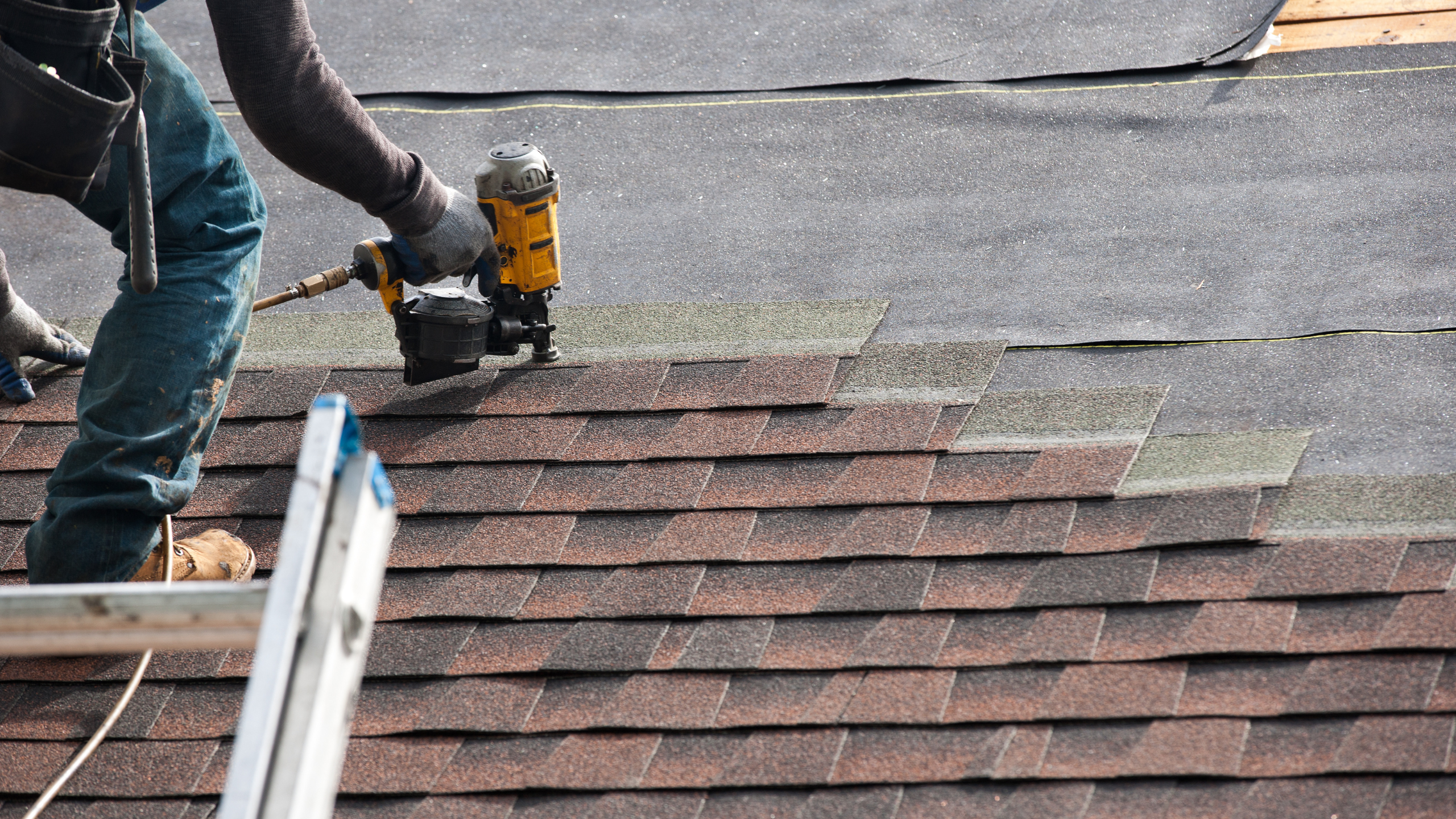Few components are as crucial as the roof when protecting your home from the elements. A well-installed roof enhances your property’s aesthetic appeal and provides essential protection against rain, wind, snow, and other environmental factors. Whether constructing a new home or replacing an existing roof, proper installation techniques are paramount to ensure longevity and durability. In this guide, we’ll delve into the most important aspects of roof installation and provide valuable tips to help you achieve a successful outcome.
The Most Important Part of a Roof
While every roof element is vital in functionality, the decking or sheathing is arguably the most critical component. The decking is the foundation for the roof structure, supporting shingles, tiles, or other roofing materials. Ensuring that the decking is properly installed and in good condition is essential for the stability and longevity of the roof.
Rely on our Wayne Roof Experts for expert advice. If your roof is showing its age and experiencing deterioration, it might be time to explore replacement options. Alternatively, if you’re dealing with minor storm damage, a repair could be the solution. Contact us today to schedule an assessment with one of our experienced roofing professionals!
6 Tips For A Successful Roof Installation
1. Choose Good Materials: Picking strong roofing materials is the first step to a good roof. Get stuff that can handle your local weather and lasts a long time. Good materials make your house look nice and protect it from bad weather. When choosing, think about how long they last, if they can resist wind and damage, how well they resist fire, and if they save energy. Good materials might cost more initially, but they save you money on repairs and make your roof last longer.
2. Put Underlayment Right: The underlayment is like a backup to keep water out and protect your home’s insides. Make sure it’s put down well, with parts overlapping and covering everything. Doing this stops water from getting in and helps your roof last longer. Use strong underlayment that stops water and doesn’t rip easily. When you’re putting it down, make sure to close up any gaps and fasten the edges tight. If you do this right, the underlayment acts like a shield, keeping your home safe from leaks and water problems for a long time.
3. Good Flashing: Flashing stops water from getting into weak spots like valleys, chimneys, and vents. Putting it in the right makes a seal that keeps water out. Use tough, rust-proof flashing to keep moisture away for a long time. Place it carefully where the roof changes or there are holes, ensuring it covers everything well. Seal the joints with waterproof stuff to ensure water can’t sneak in. Doing all this carefully keeps your roof safe from water damage and helps it last longer.
4. Keep Your Attic Breathing: Let air move in your attic to control heat and moisture. If you don’t, it can cause problems like mold and damage to your roof. Put vents along the edges and top of your roof to let air flow. Pick vents that fit your roof and the weather where you live, like ridge vents or soffit vents. Good ventilation lets hot air out in summer, saving on cooling bills and protecting your roof. It removes wet air in winter, stopping mold and keeping your attic healthy. With good ventilation, your roof stays strong, and your home stays comfy.
5. Be Precise: Careful during installation is important for a strong roof. Ensure shingles or tiles are lined up right, and fasten them down securely. Fill in any gaps or spaces to keep water out. Follow the instructions for putting down shingles, making sure they overlap correctly to keep everything watertight and looking good. Use enough nails or screws to keep everything in place, especially in windy areas. Also, seal up any openings with roof cement or sealant to stop water from getting through. Doing all that’ll make your roof last longer and work better.
6. Get Help from Pros: While some try to do their own roof, hiring experts is often better. Professional roofers know a lot and have the right tools to do the job safely and well. They know all the rules for building roofs in your area, so your roof will be up to code. Plus, they have special tools that most people don’t so that they can do the job right. When you hire pros, you can relax knowing your roof will be done right, saving you time, money, and stress.
Guides on Proper Roof Installation Techniques
- Underlayment: Install a suitable underlayment material over the decking, such as asphalt felt or synthetic roofing membrane. Ensure proper overlap and secure the underlayment according to manufacturer guidelines.
- Flashing: Install flashing around roof penetrations, valleys, and vulnerable areas using corrosion-resistant materials such as galvanized steel or aluminum. Seal flashing joints with waterproof membrane or roofing cement to prevent water intrusion.
- Ventilation: Install intake and exhaust vents to facilitate airflow in the attic space. Position intake vents along the eaves or soffits and exhaust vents near the roof’s ridge to create a balanced ventilation system.
Conclusion
A well-installed roof is essential for protecting your home and preserving its structural integrity. By following proper installation techniques and paying attention to key details such as underlayment, flashing, and ventilation, you can ensure that your roof remains durable and long-lasting for years to come. Whether tackling the project yourself or hiring a professional contractor, investing in quality materials and craftsmanship is a worthwhile endeavor that will pay dividends in the form of a secure and reliable roof for your home.





